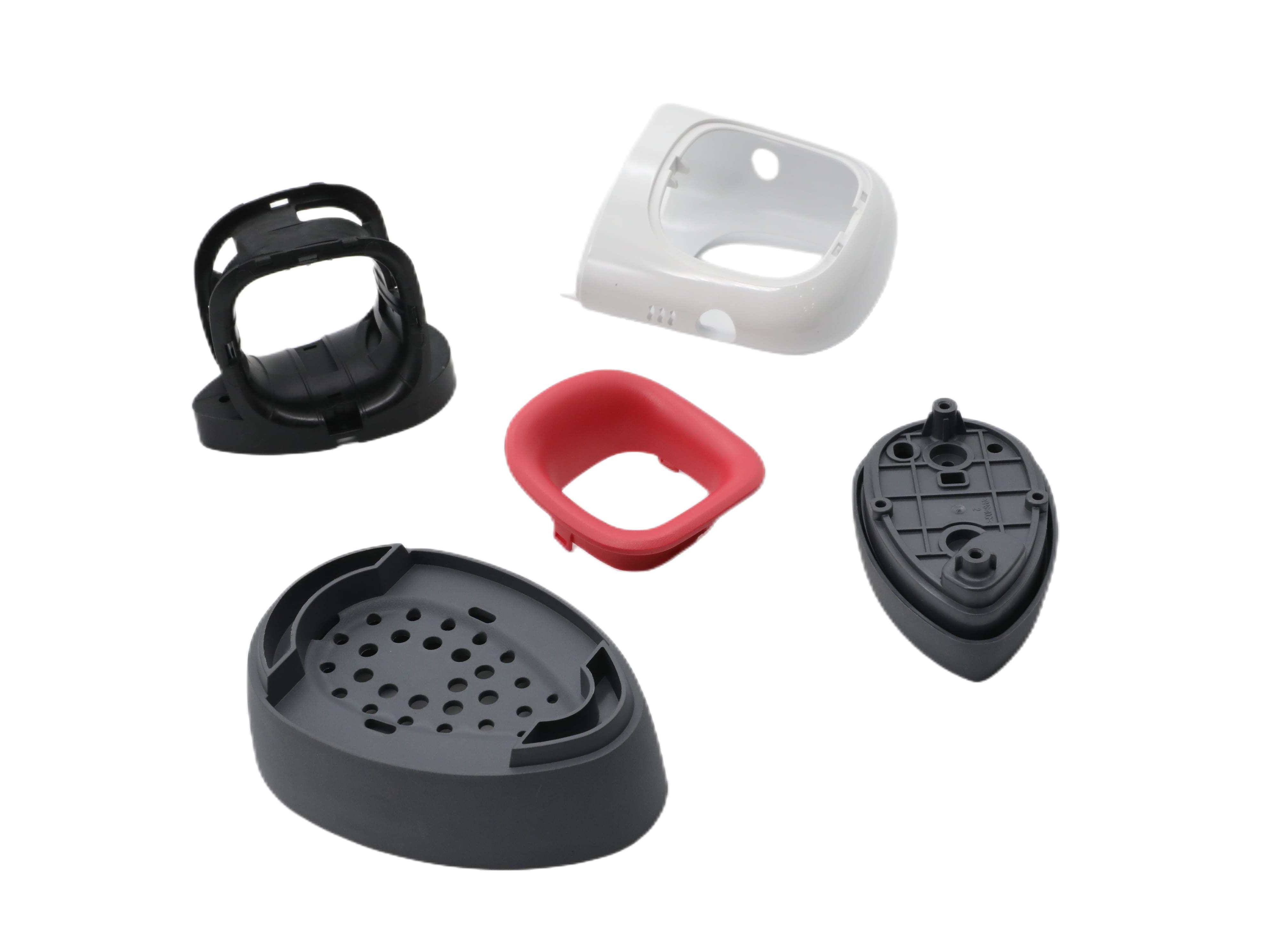Within the current fast-paced industrial landscape, the demand for efficient and cost-effective manufacturing processes has never been more critical. One technique that has emerged as a frontrunner in addressing these challenges is injection molding. This adaptable method has transformed the production of a variety of products, from commercial items to intricate parts for industrial equipment. Thanks to advancements in technology, injection molding services are now more available and efficient, making it an appealing choice for businesses looking to innovate and streamline their manufacturing operations.
The benefits of injection molding are plentiful and impactful. This process not only enables high precision and repeatability but also significantly reduces material waste compared to conventional manufacturing methods. By exploring these benefits, businesses can harness the power of injection molding to enhance product quality and boost productivity. As manufacturers seek to stay competitive in a fast-changing market, understanding the full scope of injection molding's benefits is essential for driving innovation and success.
Advantages of Injection Molding
One of the advantages of this manufacturing process is that it can produce high volumes of parts quickly and rapidly. This manufacturing process allows for quick production cycles, greatly reduce lead times for bringing products to market. Once the form is created, a significant number of duplicate parts can be produced with little labor and oversight, making it an ideal choice for companies looking to scale their production capabilities.
Furthermore, of injection molding is the flexibility it offers in terms of design and material selection. Producers can manufacture complex shapes and intricate details with great precision, enabling them to meet specific design requirements. In addition, a variety of range of materials can be used, including various plastics, metals, and composites, giving designers the freedom the best materials for their needs and enhancing the functionality of the end product.
Furthermore, injection molding is known for its economic efficiency in the long run. While the initial investment in mold creation may be high, the capability of creating large volumes of parts at a lower cost per unit can lead to significant savings over time. This makes injection molding a favored method for many businesses, as it not only improves production costs but also contributes to reliable quality in the end products, establishing a robust competitive edge in the industry.
Utilization in Various Industries
Injection molding has established itself as a fundamental technology across various industries because of its adaptability and productivity. In the automotive sector, manufacturers employ this process to manufacture a wide range of components, such as instrument clusters, panels, and housings for gadgets. The possibility to create intricate forms and patterns with high precision permits automakers to improve both performance and design, which translates to lighter automobiles with improved gas mileage and capability.
The retail industry additionally reaps substantial benefits from this technique. Products such as playthings, kitchenware, and appliances are frequently produced using molding. The quick production capabilities enable companies to react quickly to market demands while maintaining affordability. Furthermore, the process enables the use of different materials, which include plastic materials and flexible materials, which be customized to meet particular consumer needs, which drives creativity and enhancing product resilience.

In the health-related field, this process plays a vital role in producing devices and components that require strict adherence to safety standards and performance standards. Products such as injection devices, medical tools, and diagnostic equipment are typically made using this technique methods. The precision of this process guarantees that medical devices meet the high regulatory benchmarks, while the capacity to manufacture small, intricate parts permits the creation of new solutions that can improve patient outcomes and enhance healthcare delivery.
Cost-Effectiveness and Sustainability
Molded part manufacturing offer considerable cost savings in the manufacturing process. By using molds that can produce mass quantities of parts at once, manufacturers can achieve a great amount of output in a shorter timeframe. This allows companies to lower production costs per unit, making injection molding an attractive option for large-scale production runs. Additionally, once the first investment in mold creation is made, the cost of producing each additional part reduces, further enhancing overall profitability.
Environmental responsibility is another critical advantage of injection molding. The process is designed to limit waste, as excess material can often be used again in new production runs. Many modern facilities are adopting practices that enhance their sustainability efforts, using biodegradable or recyclable plastics to create products. This focus on sustainability not only assists to reduce the carbon footprint of the manufacturing process but also attracts consumers who increasingly prioritize eco-friendly practices in their purchasing decisions.
Moreover, injection molding contributes to sustainability through energy conservation. As technology has advanced, newer injection molding machines consume reduced energy than their predecessors. This drop in energy usage lowers not only operational costs for manufacturers but also is in accordance with global efforts to move towards more sustainable manufacturing practices. By choosing injection molding services, companies gain financial advantages but also position themselves as responsible players in the manufacturing landscape.
